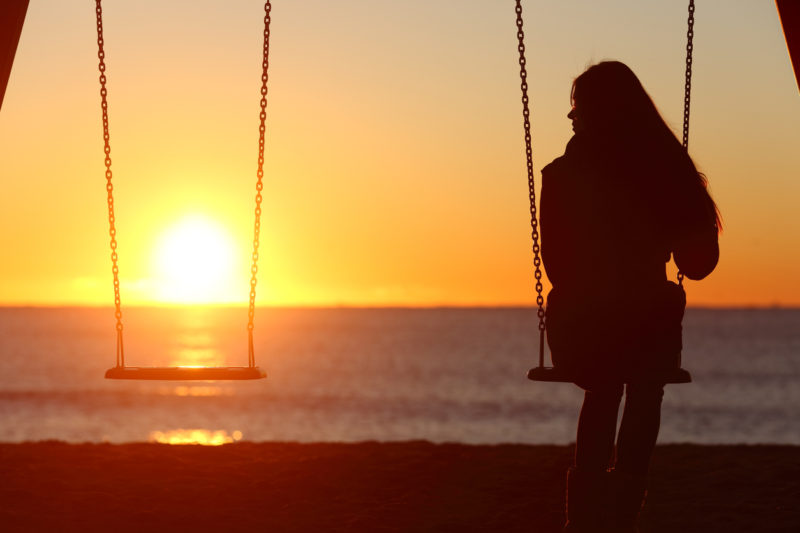Opinion
Purim, Then and Now
Where have the people gone?
In Short
The past two years have reconfigured the individual’s experience of community. How does one reconcile “going back” to a community when he/she feels profoundly different than when we unceremoniously shuttered the doors in March 2020?
As I begin my Purim preparations this year, I find myself reflecting back to Purim in March 2020, when our communal fabric ruptured radically. In the moment, it was hard to appreciate the profound impact that the abrupt severing of our in-person gatherings would have on our collective human experience. Submerging frost-bitten hands into hot water doesn’t hurt at first, and might even seem like a good idea, but the devastation soon becomes apparent, as the insensate skin doesn’t realize that it’s being burned. In proclaiming a shared responsibility for communal health, we proactively retreated from our workplaces, our schools and our synagogues. Buoyed by mantras of collective activism, we navigated a very personal experience of social isolation and a profoundly new awareness of loneliness – we were together only in being apart.
Spring 2020 flowed into summer and the acute-crisis stage of the COVID-19 pandemic gave way to the unprecedented highs, lows and twists and turns of the second half of 2020 and through 2021. Similarly, collective activism and highly engaged remote communities of March 2020 devolved into Zoom fatigue and ever-increasing frustration with ping-ponging policies and an opaque path forward. The uncertainty that followed the acute crisis stage of 2020 ultimately engendered deep schisms and hyper-polarization in society at-large. Our own local communities reflected these broader trends.


iStock
As the world outside became louder, individuals retreated further – if not into their homes, then towards echo chambers of highly polarized communities. As we collectively held our breath for the other shoe to drop, conversational curiosity all but evaporated in such a highly charged world. Existential exhaustion replaced our collective activism.
Entering a synagogue in 2022, superficially, the experience appears unchanged: The liturgy, the service, the speeches remain remarkably unremarkable – untouched by the radical re-definition of communal engagement thrust upon us so abruptly in March 2020.
Rather than the extreme act of submerging them in hot water, frostbitten hands should be gradually rewarmed to regain feeling while keeping the skin intact.
Scan the room again – who is missing? Who continues to sit alone in his/her home unsure of how to take that first step back into a public space? And, perhaps, the uncomfortable question: who has discovered that the synagogue is no longer central to their religious, communal experience?
The past two years have reconfigured the individual’s experience of community. How does one reconcile “going back” to a community when he/she feels profoundly different than when we unceremoniously shuttered the doors in March 2020?
It is not enough to rewarm frostbitten hands to immediately resume daily tasks – one needs to progressively regain movement and incrementally rebuild strength in the hands through a consistent practice of physical or occupational therapy.
Sweeping transformations and lasting change do not happen in grand gestures and grandiose policies; rather, it is the result of little steps, small gestures, and intentional – perhaps even uncomfortable – choices. What radical rebuilding could begin if our leaders took a step back and recognized the deep fracturing and felt a fervent drive to build back better?
Spiritual and synagogue leaders are trained to lead in lifecycle events – this expertise needs to be adapted to address a collective people having undergone significant upheaval. Though the manifestation of this experience is an individual one – the need for empathy is a collective one.
Two years of widespread social separation has fundamentally changed Jewish communities. Infusing our spiritual communities with a humanistic approach could set communities up to build back stronger. The next step forward must contemplate making space for those on the periphery.
In order to begin this process, synagogue leadership should proactively identify demographics of members who are absent, and subsequently the individuals who compose that demographic. Spiritual leaders should take upon themselves to begin reaching out to members of each demographic with curiosity – where are you? What have you been through? What do you need to feel comfortable and welcome to return to the synagogue?
Synagogues can leverage existing “welcoming committees” to build out “re-welcoming” subcommittees. Through these subcommittees build out additional programming designed to attract distinct demographics as well as assume responsibility for putting in place protocols to make synagogue a comfortable, welcoming gathering space for all members. The moment before us is a pivotal one – a time to draw individuals out of a remote existence and back into a communal framework.
Jennifer Sultan works as a business strategy director at a health company and lives in New Jersey with her husband and four children.












